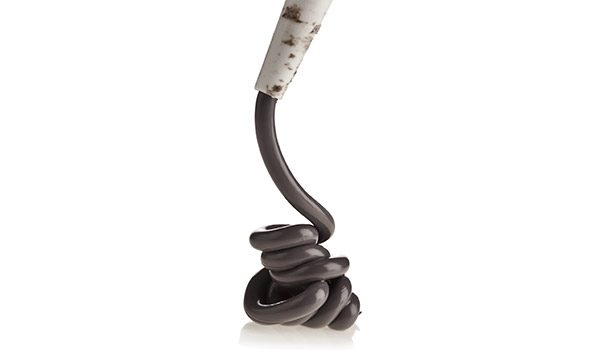CE Marking Compliance: Risks and Rewards for Sealant Manufacturers
Sealant manufacturers should be aware of the new harmonized European Standard for the construction industry.



The new standardization series hEN 15651 (parts one through five for sealants) gives end users a better understanding of the products’ characteristics and application suitability.



The construction industry’s new harmonized European Standard (hEN) has brought conformity to any product declaration or performance claim, and allows free movement of materials throughout the European Union member states. The declaration of performance from the manufacturer, importer or distributor demonstrates their legal responsibility for the conformity of the product. For sealants under the hEN 15651, mandatory CE marking began on July 1.
The new hEN standards reflect ongoing changes within the construction supply industry, ensuring that products are fit for sale and provide quality and safety for both the construction industry and its consumers. Without these standards, many key aspects of durability, fire resistance, weatherproofing, adhesive strength, aging and toxicity cannot be guaranteed.
Effects of Noncompliance
Any business without the correct marking on their products will be unable to compete in an industry that has an estimated value of £8.5 billion (~ $10.6 billion) in Europe by 2014.1 Noncompliance will undoubtedly mean financial losses—from purchased ingredients to storage and manufacturing costs and product withdrawal.
Manufacturers of sealants and other construction materials should consider the amount of time it takes to gain compliance and from whom they receive the certification. The Assessment and Verification of Constancy of Performance details the involvement of third parties in the product assessment. Five systems of assessment and verification have been decided upon by the member states and European Commission. Most sealants under the hEN 15651 (excluding internal facade sealants) require tests that take at least four weeks to complete by a Notified Testing Laboratory (System 3). Failure may mean redesigning the product or resubmission for testing, both of which can have significant impact on costs. The first four parts of the hEN 15651 “Sealants for Nonstructural Use in Joints in Buildings and Pedestrian Walkways” standard apply to the requirements placed on products for the following applications:
• Part 1—Sealants for facade elements
• Part 2—Sealants for glazing
• Part 3—Sealants for sanitary joints
• Part 4—Sealants for pedestrian walkways
Successful certified tests will result in the preparation of the declaration of performance and the application of the CE mark. This may lead to new packaging design and production, as the CE mark must be visibly and indelibly displayed on the product or packaging. This also applies to sealant products that are imported for sale in the EU. The declaration of performance and CE marking amounts to accountability and traceability from the manufacturer and distributor.
What Certification Means to the End User
Sealants make up a very small percentage of overall building costs, but end users often give little forethought to their capabilities. This can cause devastating and irreparable damage when they do not fulfil their role. Choosing the right sealant, whether by homeowners, architects or building professionals, can be complicated and have grave consequences if the performance and longevity do not match the specifications of the job.
Sealant application involves a diverse set of properties that need to be understood, including cohesion, adhesion, reactivity, curability, movement capability, elasticity, stress resistance, climatic stability, flammability, and cost. Thus, the new standardization series hEN 15651 (parts one through five for sealants) gives end users a better understanding of the products’ characteristics and application suitability. The CE mark provides end users with definitive performance values that have been independently verified. This can only lead to confidence and suitability in sealant choice. In essence, CE marking allows contractors to choose the right products with proven performance.
For more information, contact the author at paula@4wardtesting.co.uk or visit www.4wardtesting.co.uk.
Reference
1. European Coatings Journal Global Industry Analysts.
Looking for a reprint of this article?
From high-res PDFs to custom plaques, order your copy today!







